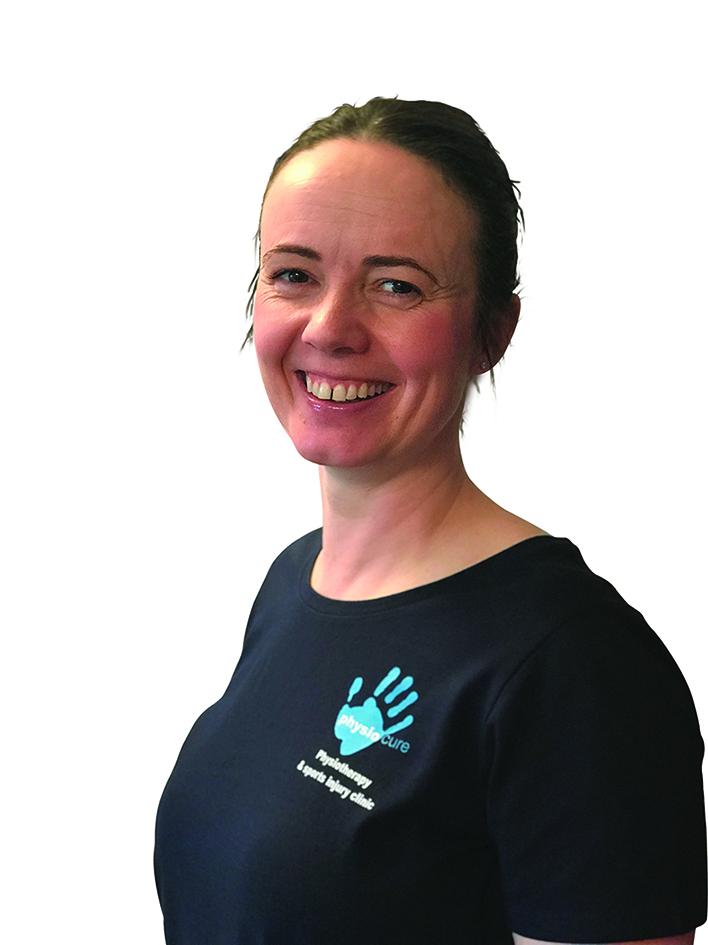Chartered physiotherapist Anna Higo (physiocure.org.uk) is based in North Leeds. Here, she explains Hypermobility Spectrum Disorder, and discusses how to diagnose the condition and how personal trainers should manage it.
Physical therapists are playing a central role in the management of individuals with hypermobility-related disorders. The prevalence of such disorders is reported to be between 30% and 55% in the musculoskeletal outpatient setting. A concern is that, despite this high incidence, many clinicians are not familiar with the diagnostic criteria, prevalence or common clinical presentation of affected individuals.
In 2012, Rodney Grahame devised the terminology ‘joint hypermobility syndrome’, a range of movement that exceeds what is considered to be normal for that joint, taking into consideration the individual’s age, gender and ethnic background. In 2017, a re-classification occurred of joint hypermobility syndrome to aid with a better understanding and appropriate diagnosis of this complex subject, and it therefore became known as Hypermobility Spectrum Disorder (HSD).
Signs associated with HSD
- Isolated or widespread and recurrent injury to joints, ligaments or tendons
- Acute or chronic joint pain and, due to the instability around the joints, there may occur subluxations or dislocations and/or poor proprioception
- Inability to undertake daily activities of living or exercise, schooling or work due to extreme fatigue and disability (this is a sign that many are unaware of and can be extremely debilitating to the individual concerned)
Diagnosis criteria for HSD
5-Point Hypermobility Questionnaire
(devised by Grahame and Hakim)
(Must have at least two positive items)
- Can you/could you ever place your hands on the floor without bending your knees?
- Can you/could you ever bend your thumb to touch your forearm?
- As a child, did you amuse your friends by contorting your body into strange shapes or could you do the splits?
- As a child or teenager, did you dislocate your shoulder or kneecap on more than one occasion?
- Do you consider yourself double-jointed?
Beighton score
The Beighton score is another test used to diagnose HSD; try it here nhs.uk/conditions/joint-hypermobility-syndrome/ ). It has limitations as it does not consider other joints that can be affected such as the shoulders, fingers, neck and feet. It also does not allow for age: joint range of movement decreases with age.
(It is important to note that Caucasian is a score of 4+ and black/Asian is a score of 5+.)
Managing HSD in a fitness setting
- Strength, core stability and endurance training are vital
- Exercise programmes must be tailored to the individual and should be graduated with the main emphasis on motor control and adequate recovery
About the author

Anna Higo is a chartered physiotherapist with a keen interest in the assessment, diagnosis and treatment of shoulder injuries. She is joint partner of Physiocure (www.physiocure.org.uk) based in North Leeds.







